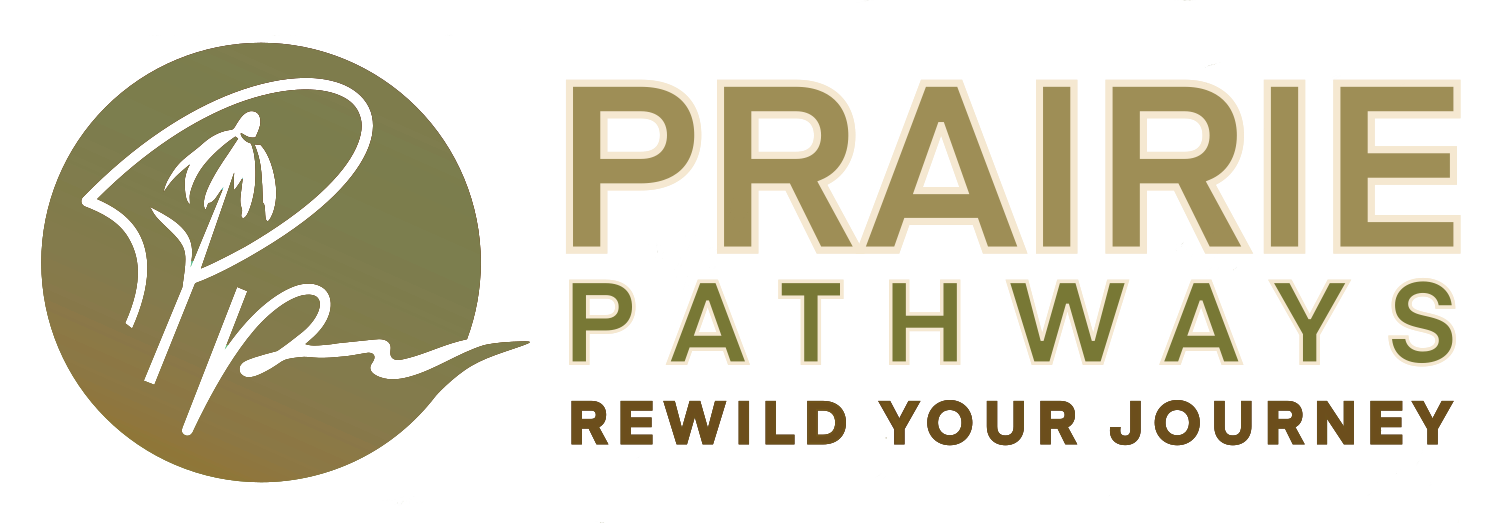No Mow May
Give me a show of hands! Who wants to save some money, reduce noise pollution and do something very easy for local conservation?
The “No Mow May” movement, an initiative begun just a few years ago by the UK charity Plantlife, is one in which we can do just these things. “No Mow May” asks homeowners not to mow, or to mow less, during May.
Why? Because the wildflowers that pollinators rely on for their survival as they emerge from hibernation grow in our lawns. In May (and April) it is generally not yet warm enough for other plants to blossom and serve as a food source for these beneficial insects. By leaving our lawns unmowed, or less mowed, during May, we provide space for pollinators to stand a higher chance of surviving. In tandem with the ‘no mowing,’ however, we must also ease our use of pre-emergents and other herbicides in our lawns. These chemicals largely kill off the wildflowers (aka, “weeds” like white clover, self-heal and dandelion) that serve as critical early food sources.
Bees are our primary pollinators and it is our native bees – and not the imported honey bees – that account for most of our crop pollination. These bees often have highly specialized relationships with particular native plants, too, and the loss of one will impact the existence of the other. Yet pollinator populations are plummeting globally. In the U.S. alone, of the native bee populations for which we have data, nearly a quarter face extinction and more than half are in decline (Kopec and Burd 2017). Thus, if we do not make small, easy changes like “No Mow May” in our gardens now, the world of tomorrow will be very different to the one we live in today.
Regional neighbors like Appleton and LaCrosse, Wisconsin have passed resolutions to support their citizens’ participation in “No Mow May.” Minnesota provides financial support through its “Lawns to Legumes” program to homeowners who want to convert their turfgrass into bee friendly lawns. And, closer to home, the villages of Glenview and Westmont offer “No Mow ‘til Mother’s Day” initiatives. These are all laudable actions, driven by communities working together toward a vision of “home” where future children can enjoy what we too often take for granted now.
So, how about it? Can we raise our hands and say “Yes” to “No Mow May”? Can we let go of what we believe to be landscape “worthy” or “beautiful” for at least a few weeks out of the year and provide space for other species to flourish alongside us?
Resources
Board of Water and Soil Resources. “Lawns to Legumes: Your Yard Can BEE the Change.” http://bwsr.state.mn.us/l2l.
Flintrop, Crystal. April 14, 2022. “Common Council approves ‘No Mow May’ and Ukraine resolutions.” WXOW.com.
Kopec, Kelsey and Lori Ann Burd. 2017. “Pollinators in Peril: A systematic status review of North American and Hawaiian native bees.” Center for Biological Diversity. https://www.biologicaldiversity.org/campaigns/native_pollinators/pdfs/Pollinators_in_Peril.pdf
Plantlife. No Date. “No Mow May.” https://www.plantlife.org.uk/uk/discover-wild-plants-nature/no-mow-may.
“What is the role of native bees in the United States?” No date. U.S. Geological Survey. https://www.usgs.gov/faqs/what-role-native-bees-united-states.

